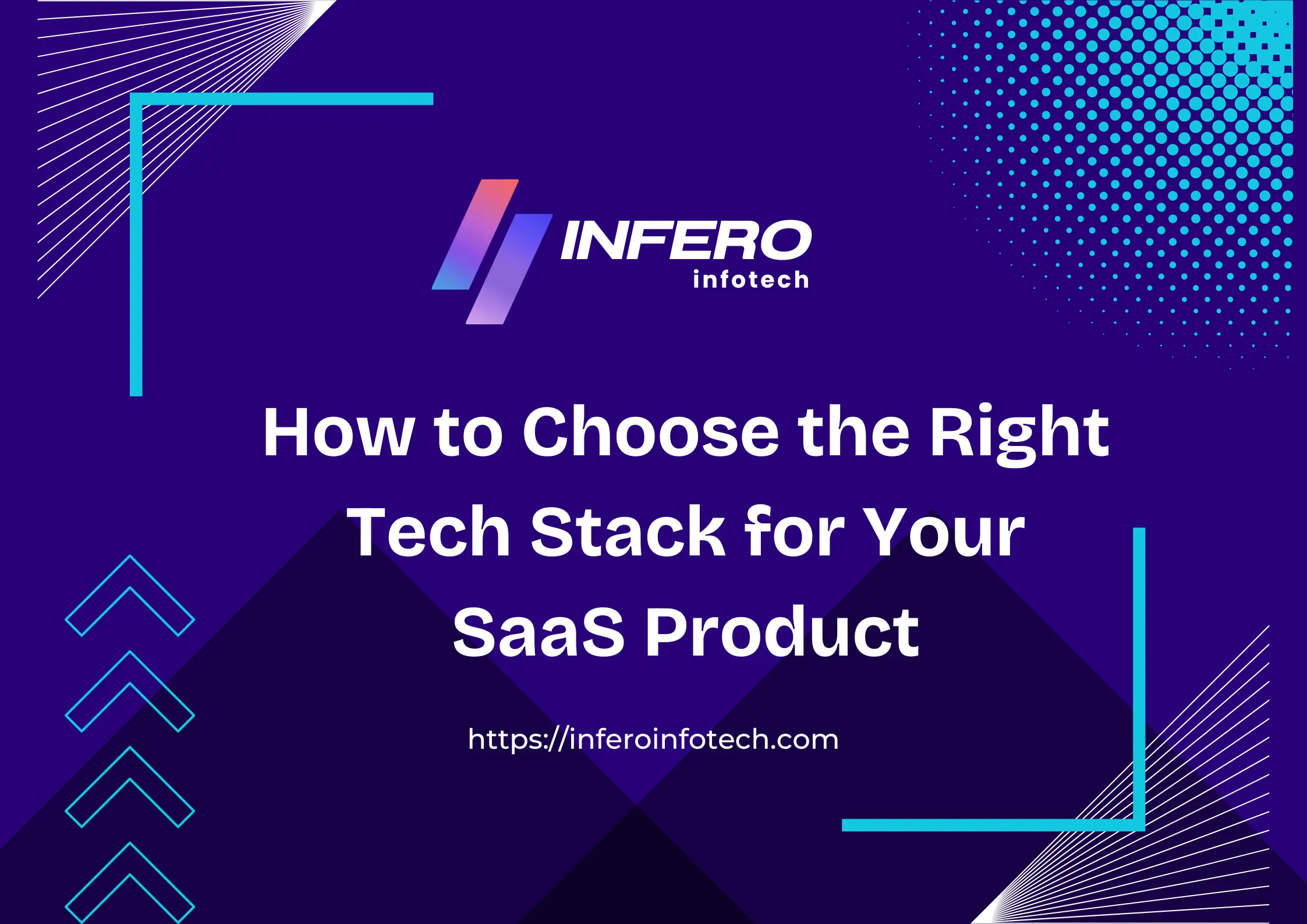
How to Choose the Right Tech Stack for Your SaaS Product
Updated on 10 Jan
Introduction
The success of a SaaS product heavily depends on its technology stack. The right choice ensures performance, scalability, security, and cost efficiency. In this blog, we’ll explore the key components, factors to consider, popular stacks, and common mistakes when selecting a tech stack.
Factors to Consider
- Project requirements (features, scalability, user load)
- Development speed and time-to-market
- Performance and efficiency
- Security measures (OAuth, JWT, data encryption)
- Developer expertise and community support
- Cost and budget constraints
Popular Tech Stacks
- MERN/MEAN: Real-time SaaS applications
Full-stack JavaScript, high performance - LAMP: Traditional web-based SaaS
Cost-effective, stable - Ruby on Rails: MVPs and rapid development
Developer-friendly, efficient - Python/Django: AI/ML SaaS products
Secure, scalable - .NET: Enterprise SaaS
High performance, strong security - Serverless: Cost-efficient, scalable apps
No server management, auto-scaling
Decision Making Steps
- Define business goals and target audience
- Research market and competitors
- Choose the right tech stack based on project needs
- Prioritize UX/UI design
- Ensure a scalable infrastructure
- Plan an effective monetization strategy
- Build an MVP and gather feedback
- Execute a strong marketing and customer acquisition strategy
Common Mistakes
- Choosing tech based on trends, not project needs
- Ignoring scalability and security early on
- Underestimating maintenance and long-term costs
- Overcomplicating the stack with unnecessary tools
Conclusion
Choosing the right tech stack is critical for a successful SaaS product. Analyzing business goals, performance needs, and cost factors will ensure a robust and scalable solution. Need expert guidance? Vasundhara Infotech can help build a secure and future-proof SaaS platform. Contact us today!
